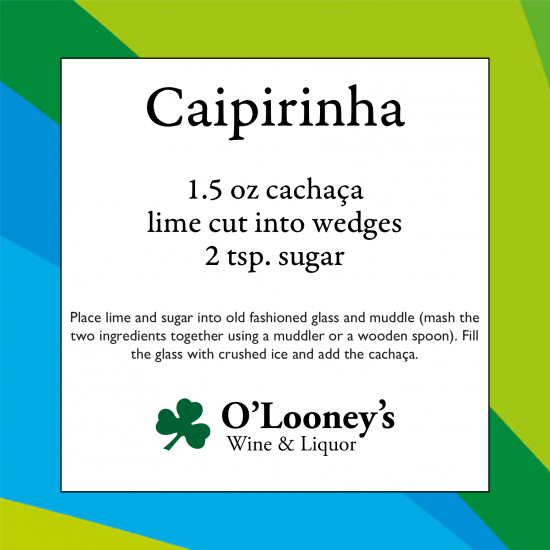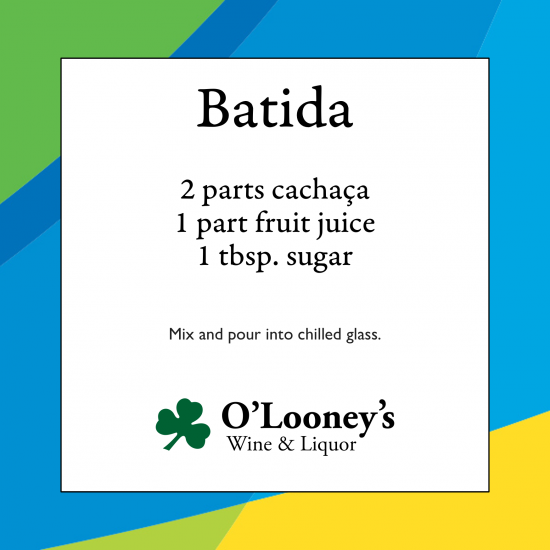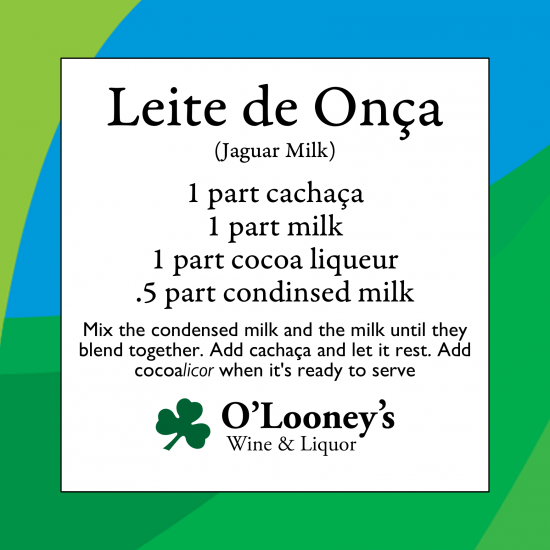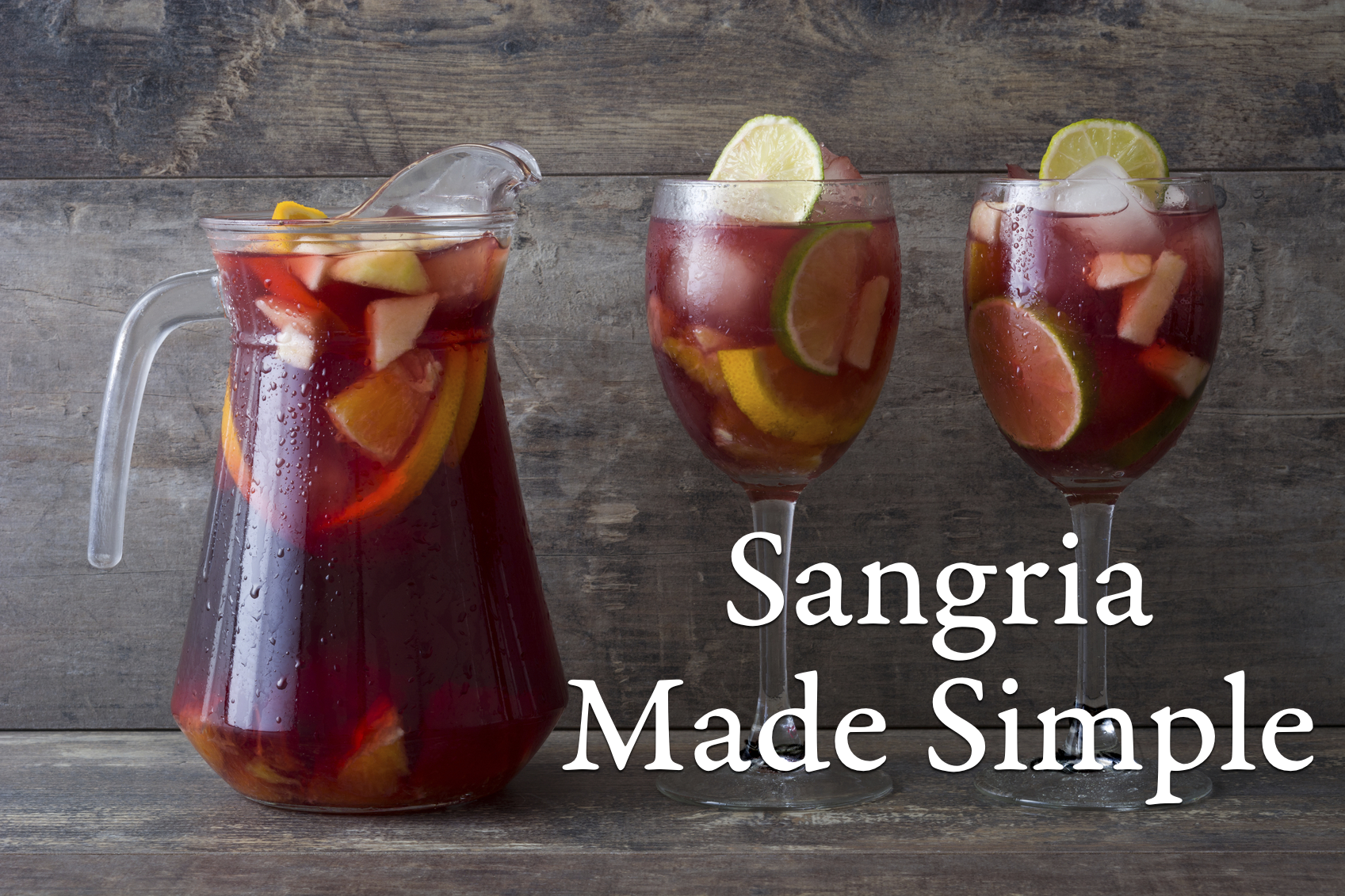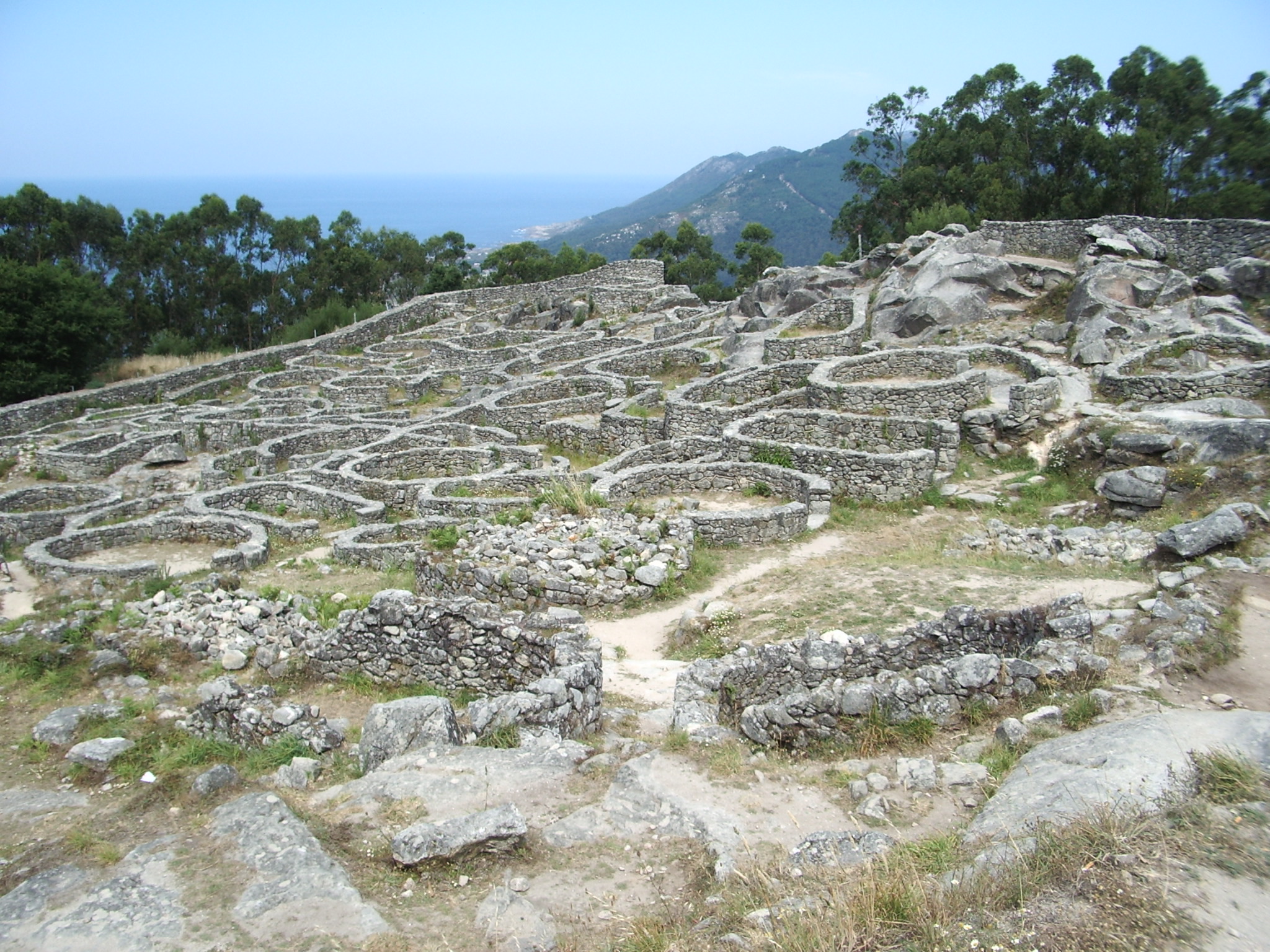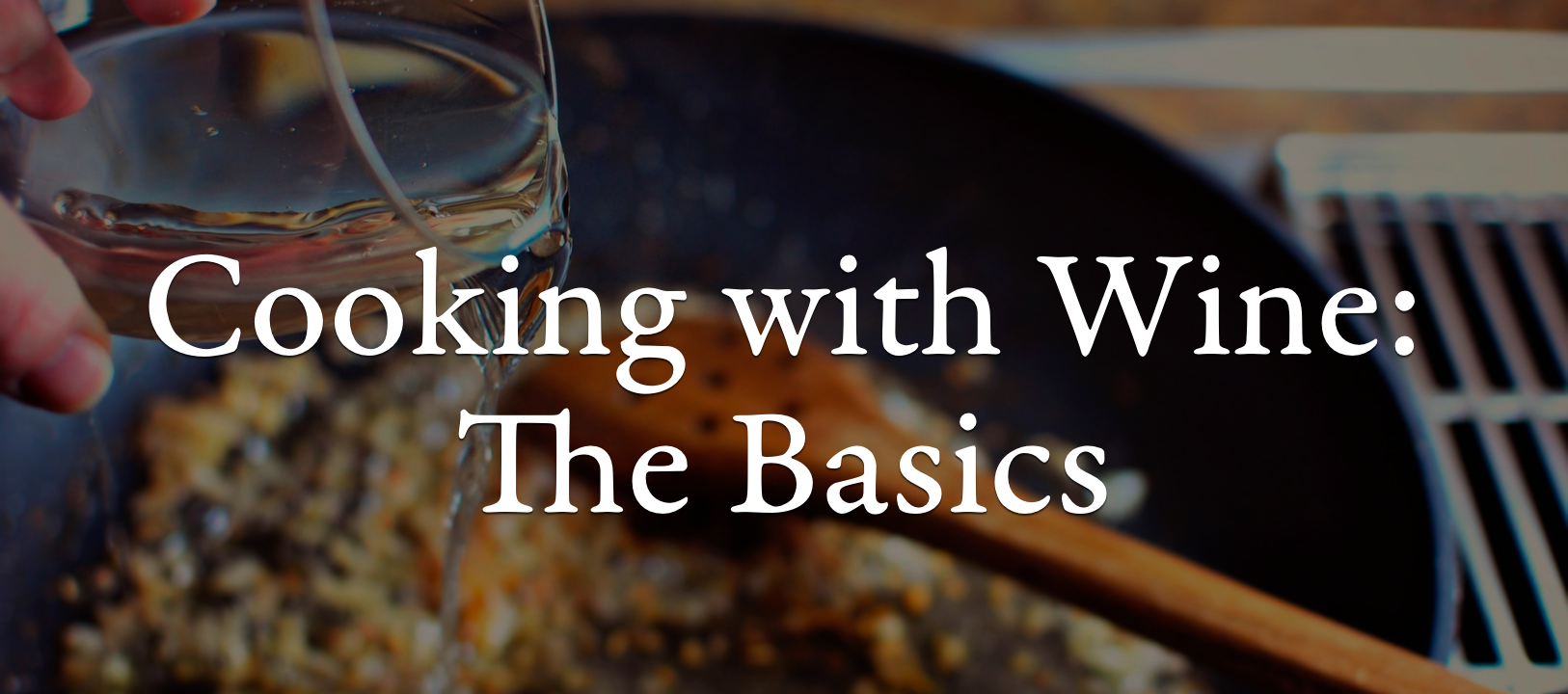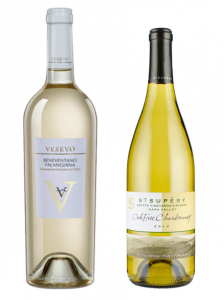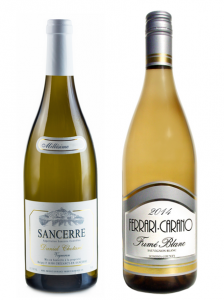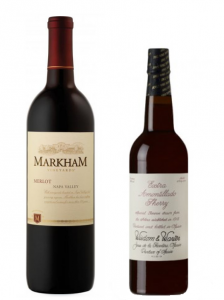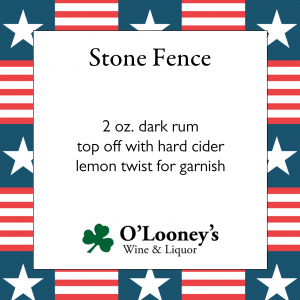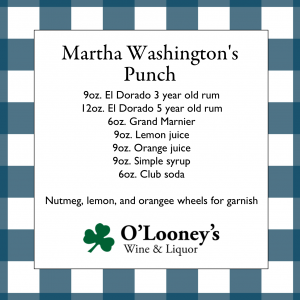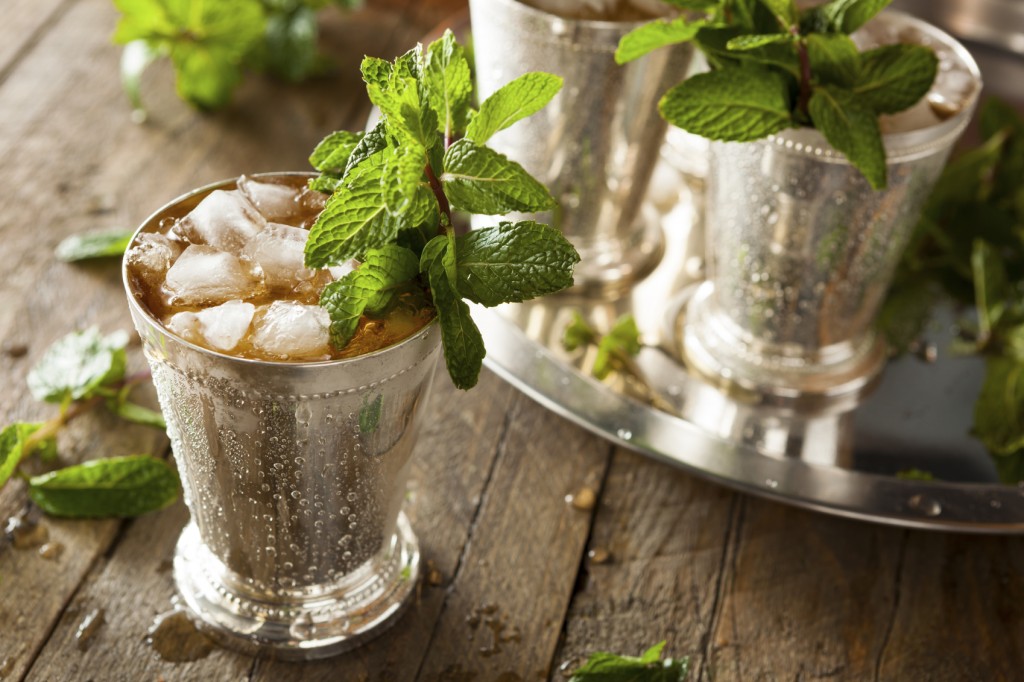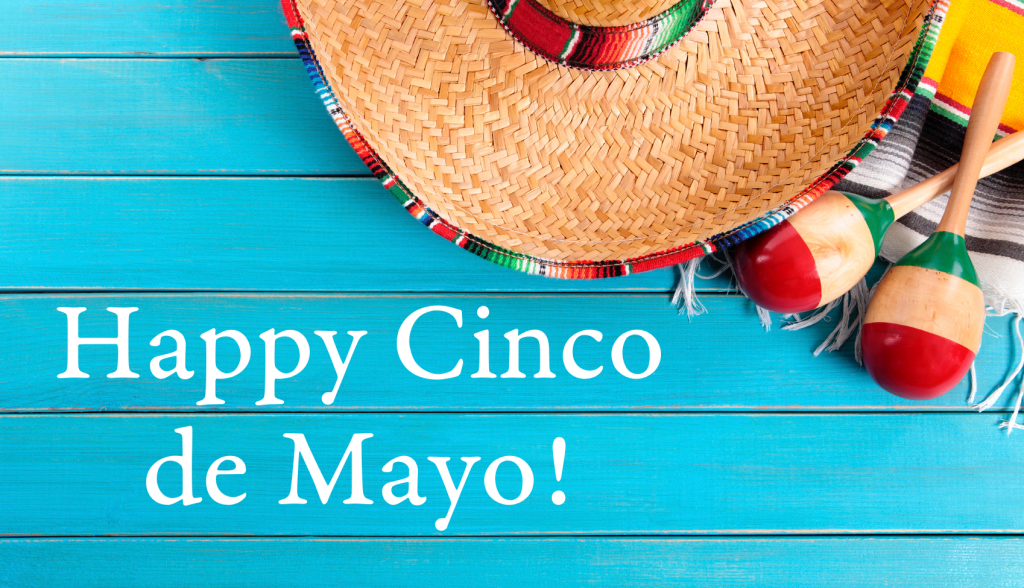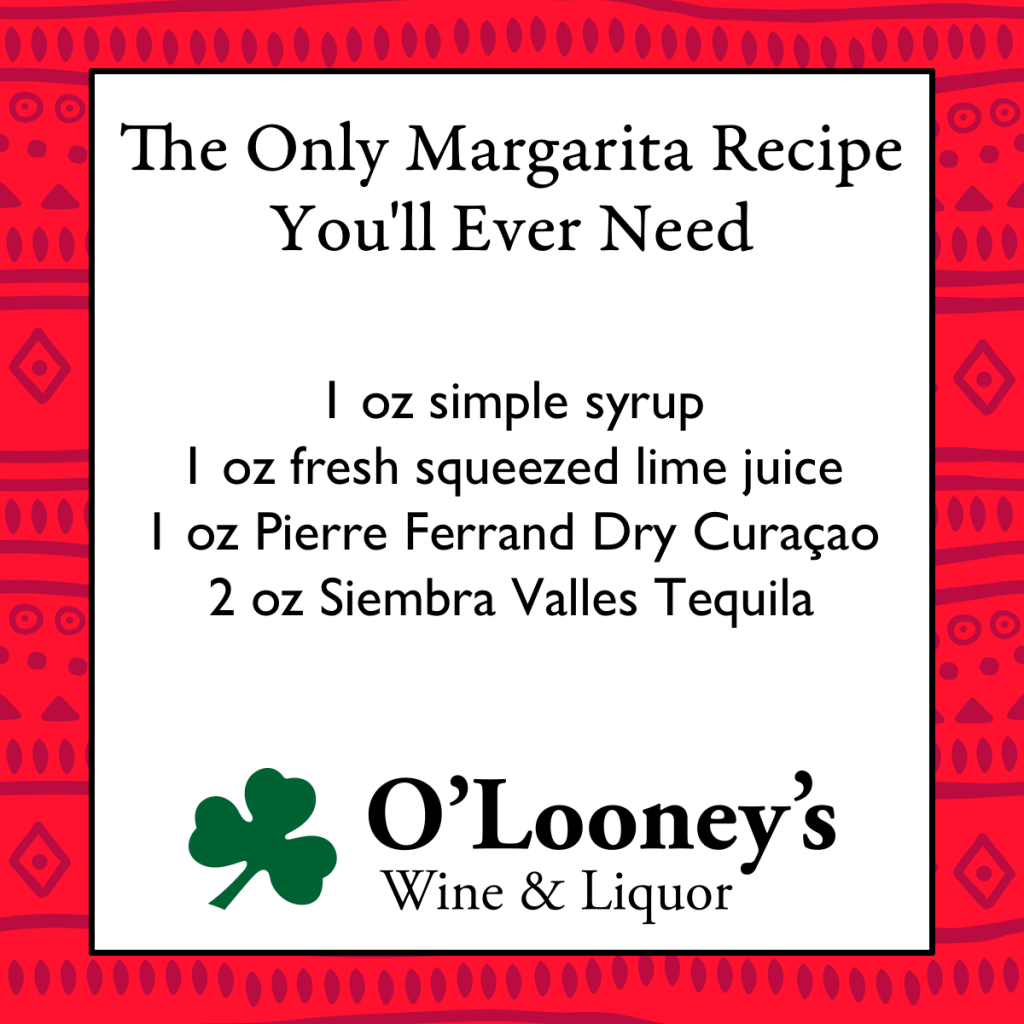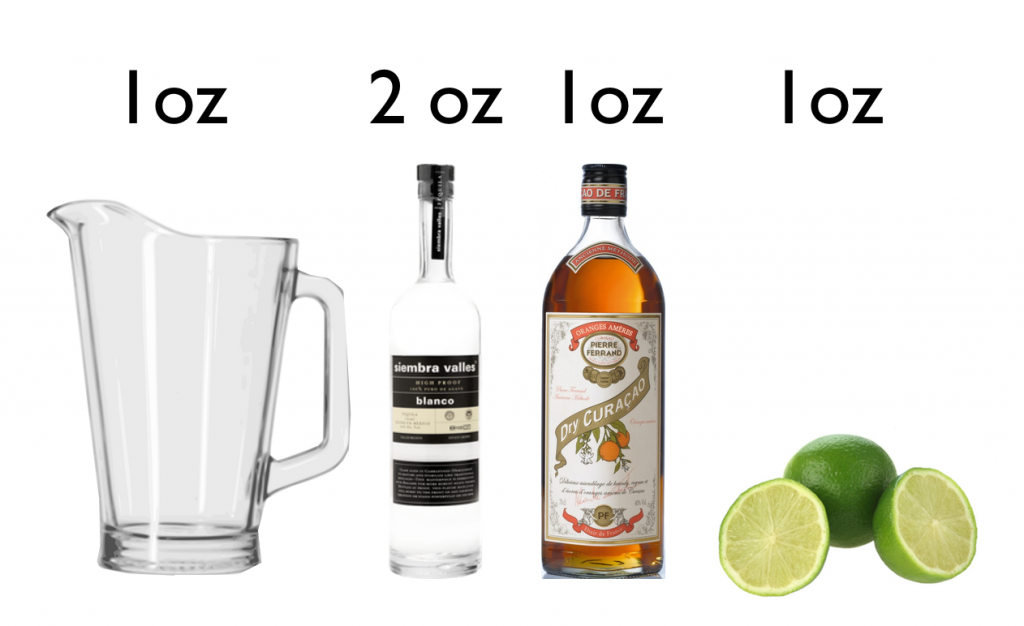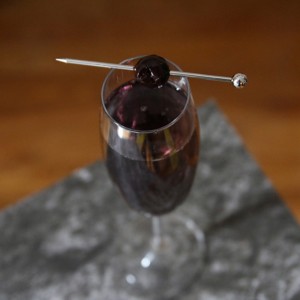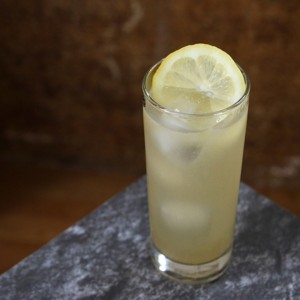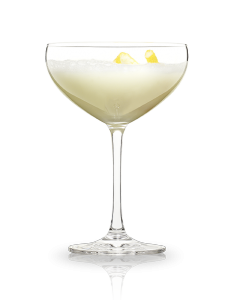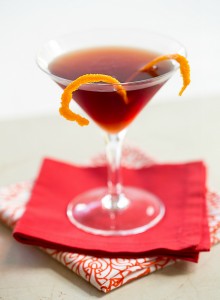
If you were one of the millions of people who watched any coverage of the recent Olympic Games in Rio de Janeiro, you probably heard either the commentators or athletes raving about a local drink called the caipirinha. The caipirinha is a traditional Brazilian drink that combines lime, sugar, and the Brazilian spirit of cachaça (pronounced kun-SHAH-sa).
But what exactly is cachaca? At its most basic level, cachaça is a kind of rum. Rum and cachaça are both made from sugar cane and, as anthropologists are beginning to believe, were both invented in Brazil. They differ, however, in their production method. Cachaça is made from freshly pressed cane sugar juice that is fermented and then distilled, while rum is made from molasses. You’ll sometimes see cachaça referred to as Brazilian rum, but this misnomer is quickly falling out of use. Since 2013, when a treaty between the Brazilian and U.S. governments was signed, cachaça has been legally recognized as a separate entity from rum.
Though cachaça is often bottled immediately after distillation, in a few instances it can be aged like rum. Cachaça is unique in that it can be aged in any number of different woods. You’ll commonly find it aged in American or French oak, but it’s also aged in many of the unique woods that are found only in Brazil to give it a unique flavor.
Almost 400 million gallons are produced in Brazil, with over 95% of it being consumed there. A majority of what is exported is drunk in Germany, Japan, and Portugal, three countries with large Brazilian expat populations.
So what does cachaça actually taste like? Like rum, it can range widely based on production methods, with flavors that include baked fruits, herbs, and a leafy, herbal flavor that makes you feel like you’re drinking the Brazilian rainforest. Oak aged cachaças will often take on the character of the barrels they’re aged in with spicy or caramel-like flavors.
Cachaça can be used to make any number of amazing cocktails. Check out a few of our favorites below!

